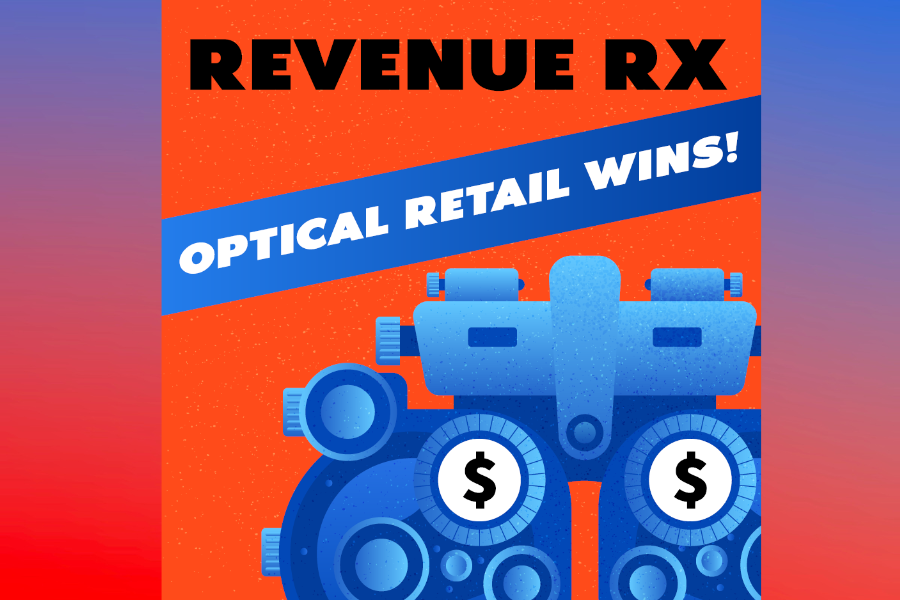
Communication is more than just words—it’s an art form. In this episode of Revenue RX: Optical Retail Wins, I explore how the way you communicate can either win over customers or drive them away. It’s not just about what you say—it’s about how you listen, how you engage, and how you make people feel.
Too often, opticians and optical retailers focus on product knowledge and sales techniques but overlook the fundamental skill that makes or breaks customer interactions: active listening. If you want to improve your conversion rates and customer satisfaction, the answer isn’t always in better pricing or more promotions—it’s in how well you connect with the people walking through your doors.
The Power of Listening in Sales
The best conversationalists aren’t the ones who talk the most—they’re the ones who listen the most. Customers aren’t just buying eyewear; they’re investing in their personal image, their vision, and their comfort. If you don’t take the time to truly understand what they want, you’re just selling a product, not providing a solution.
A simple rule: When you’re talking, you’re not learning anything. By keeping the spotlight on the customer, you create an environment where they feel heard and valued. This not only builds trust but also leads to a smoother sales process—because when customers feel understood, they’re more confident in their purchasing decisions.
How Small Talk Can Make or Break a Sale
Have you ever had a customer get halfway through an order and then suddenly decide to “think about it” and leave? Silence during a transaction can lead to buyer’s remorse or hesitation. Keeping the conversation flowing is key to preventing second thoughts.
Here’s the trick: Keep customers engaged by showing genuine interest in their lives. A well-timed anecdote, recalling something personal they shared, or simply using their name multiple times in the conversation makes them feel important. Mastering small talk can mean the difference between closing a sale and watching a potential customer walk away.
Reading Your Customer: The First Step to Better Communication
No two customers are the same. They come from different backgrounds, cultures, and experiences, all of which influence their buying decisions. But how do you figure out who you’re dealing with in just a few moments?
It all comes down to asking the right open-ended questions. Instead of “What do you do for a living?” try “How do you spend most of your time?” This subtle shift invites the customer to share more about themselves, giving you insight into their lifestyle, preferences, and what they truly need from their eyewear.
Another key factor? Body language and first impressions. The way you present yourself—your posture, eye contact, and even your smile—sets the tone for every interaction. People decide within seconds whether they trust you, so looking and acting the part of an expert is crucial.
Why Optical Retail is About Image, Not Just Vision
Customers don’t walk into your store saying, “I need new lenses.” They say, “I need new glasses.” Their focus is on the frame, the style, and the image they want to project. That’s why it’s essential to position yourself as more than just a retailer—you’re a consultant, an image expert, and someone who helps them feel good about their choices.
Your job isn’t just to show them dozens of frames and hope they pick one. It’s about curating the right selection based on their personality, their needs, and the subtle cues they’ve given you through conversation. Make the process transformational, not transactional.
Making People Feel Special: The Secret to Loyalty and Referrals
People remember how you made them feel, not just what you sold them. If you want repeat business and word-of-mouth referrals, you need to make every customer feel like the most important person in the room.
Some easy ways to do this:
- Use their name multiple times in the conversation.
- Show interest in their hobbies, lifestyle, and personal preferences.
- Be present: put away distractions and give them your full attention.
- Follow up with personalized touches, whether it’s a handwritten note, a call to check on their glasses, or a small token of appreciation.
At the end of the day, communication isn’t just about selling—it’s about building relationships. And when you get it right, sales naturally follow.
Tune In to Learn More!
Want to master the art of customer communication? Listen to this episode of Revenue RX: Optical Retail Wins, where I break down how better listening, small talk, and customer engagement can lead to higher conversions and long-term success.
And don’t miss the next episode, where we’ll explore the difference between customer service and truly serving the customer—plus, how inspiration beats manipulation when it comes to influencing buying decisions.
Because at the end of the day, the only revenue source in any business is the customer.

Joseph Mireault
Joseph Mireault, Optical Entrepreneur, Business Coach, and Published Author.
Joseph was the owner and president at Tru-Valu Optical and EyeWorx for 16 years. During his tenure, he consistently generated a sustainable $500K in annual gross revenue from the dispensary.
He now focuses on the Optical industry, and as a serial entrepreneur brings extensive experience from a variety of different ventures.
Joseph is also a Certified FocalPoint Business Coach and looks to work directly with ECPs in achieving their goals.
Through his current endeavour, the (Revenue RX, Optical Retail Wins podcast) he shares the challenges and solutions of running an Optical business.
His insights are shared with optical business owners aspiring for greater success in his new book, “An Entrepreneur’s Eye Care Odyssey: The Path to Optical Retail Success.”






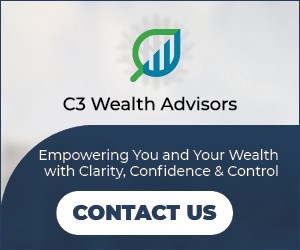
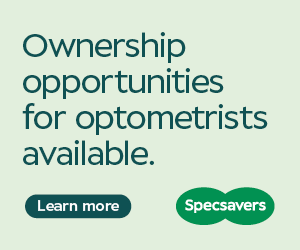




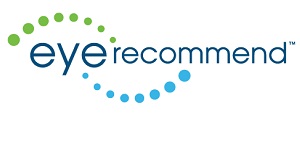

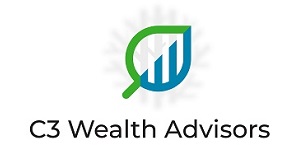
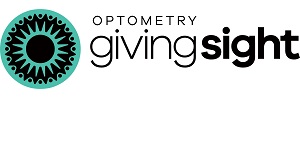


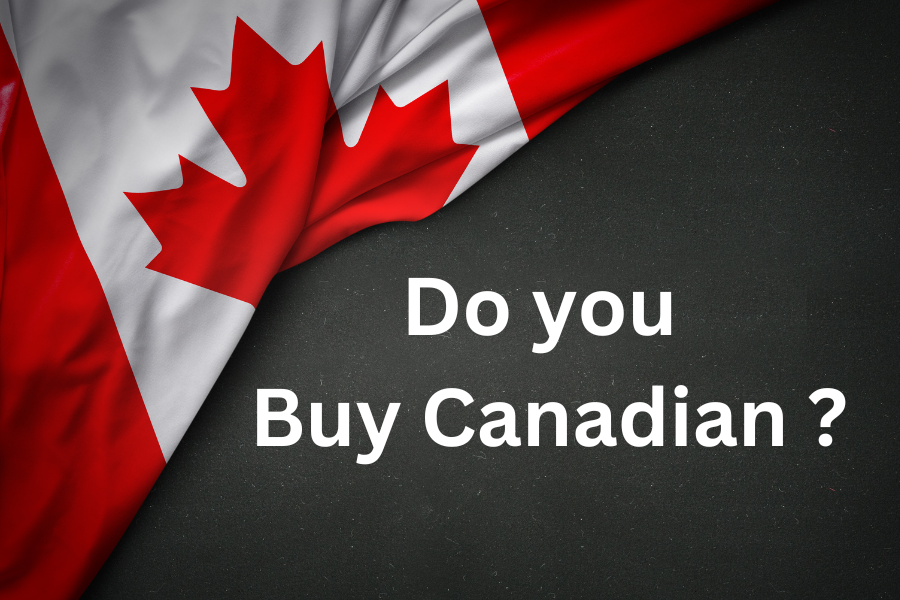


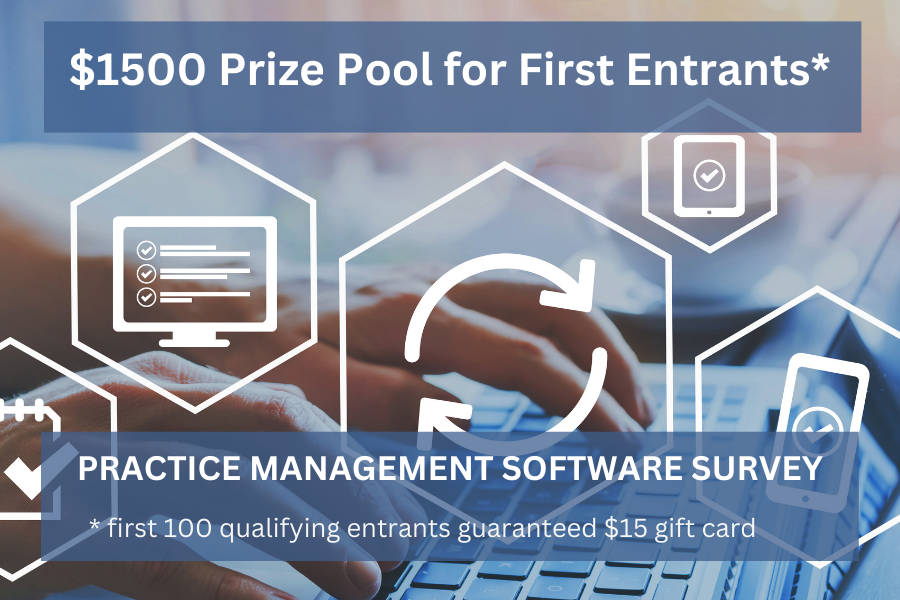




 Eye Recommend is a dynamic network of independent optometrists dedicated to providing personalized, comprehensive eye care. They offer outstanding career opportunities across various optometry specialties, along with signing bonuses, mentorship programs, and access to exclusive world-class events and education. With a vast network of experts and clinics nationwide, they empower optometry students and recent graduates to build successful and fulfilling careers.
Eye Recommend is a dynamic network of independent optometrists dedicated to providing personalized, comprehensive eye care. They offer outstanding career opportunities across various optometry specialties, along with signing bonuses, mentorship programs, and access to exclusive world-class events and education. With a vast network of experts and clinics nationwide, they empower optometry students and recent graduates to build successful and fulfilling careers.
